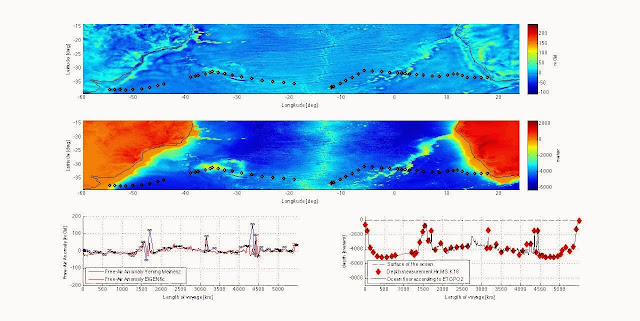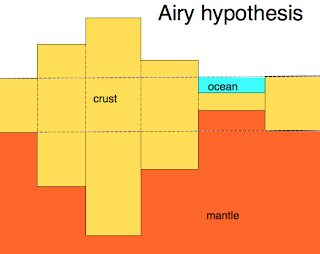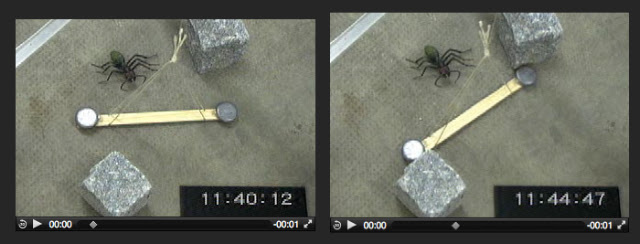Creating a network and find out the name of a rock!

At the end of a week full of science, I had a touristic trip into the woodlands of Muir. Together with a geologist I met in San Francisco, I traveled to the forest with the large trees seen in the very famous bike chase scene in Star Wars on the second moon of Endor. It was a great trip and I can recommend it to anybody visiting the City of Fog. The Muir Woods are situated in a valley, where the climate is much different than the surrounding mountain lands. So a geologist and a geophysicist could not resist to climb a mountain to the top (I say mountain, but they were large hills, except when I said that the giftshop woman gave me angry eyes). We decided to follow the Hillside trail, followed by the Ben Johnson trail. These trails gave us a good view of the forest and let us examine some really nice rock outcrops of the mountain. And on one of them I found this rock: It is a greenish rock, which according to the geologist, could be serpentinite or an olivine containing r












